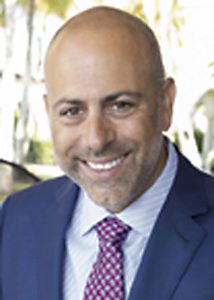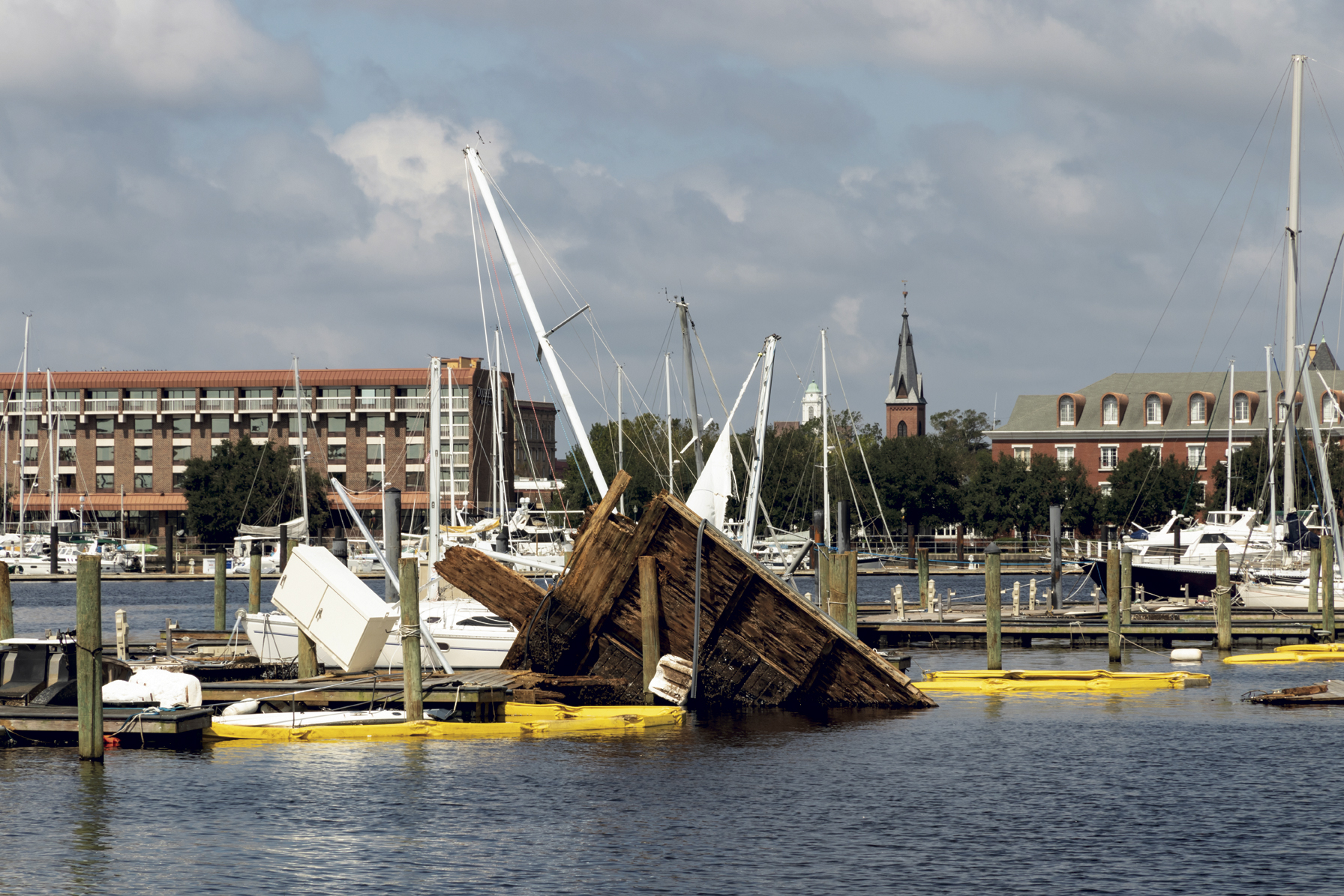REC MARINE OR WRECK MARINE?
An unprecedented decade for the
recreational marine market
By Christopher Pesce
A transformation has been underway for the past several years in the recreational marine aka “rec marine” insurance industry. It generally encompasses two unique product classes, boats and yachts in one and marine facilities (including marinas, boat dealers and yacht clubs) in the other. Historically, both classes of rec marine have experienced what amounts to a roller coaster ride of underwriting results—profitable in some years, marginal in most and devastating at best in the years when the wind blows, which unfortunately have been many of late.
Boats and yachts
As with so many lines of business, rates for boats and yachts had been persistently falling for the better part of the past 25 years. As an ocean marine line of business (in most states), this class offers a very low barrier to entry. Freedom of form and rate can be an underwriter’s best friend and worst enemy at the same time. New programs seemed to pop up annually, many as a rebirth of a failed program before it, but “hey, we’ll do it better this time!”
The attritional loss ratios (losses excluding CAT events) were mostly borderline profitable, if at all. The poor results were being driven by many factors, inadequate rate being the most obvious. Then we add soaring cost of construction and new technology-driven enhancements that ballooned repair costs. For example: The cost of a common run-aground claim skyrocketed with the introduction of forward-facing Pod drives that, by design, shear off when the boat has a hard grounding, the cost of which was never contemplated into the underwriters’ rating scheme.
Social inflation drove liability verdicts higher and higher,
and then came the onslaught of storms.
Superstorm Sandy was the first shot across the bow …
Advancement in technology made boating easier to get into, inviting record loss frequency. The Florida market specifically was plagued by organized crime rings, with record thefts of boats and outboard motors, as well as increased costs associated with lightning strikes.
Social inflation drove liability verdicts higher and higher, and then came the onslaught of storms. Superstorm Sandy was the first shot across the bow—the largest loss of boats from a single storm event ever recorded, with an estimated 65,000 boats lost or damaged. Rates firmed modestly for approximately 18 months following that storm, and mostly were limited to New England risks.
Starting in 2016, we saw back-to-back years of hurricane activity; Matthew, Harvey, Irma, Maria, Florence, Michael and the defining back-breaker of the status quo, Dorian in 2019. Hurricane Dorian was a Category 5 beast of a storm, the most powerful hurricane on record to ever hit the Bahamas and, while it mostly missed Florida, it was a direct hit for many of its insurers and reinsurers. I can name 12 different boat programs that have either completely imploded—ceasing to exist—or withdrawn from the southeast market. In fact, as of the writing of this article, a large national carrier just announced their withdrawal from Florida for all boats under $1 million in hull value. The carnage continues.
The result of all this was a massive withdrawal of capacity for boats and yachts in the southeast and throughout the gulf coast. Rates are up anywhere from 50% to 100%-plus for most risks, with much tighter terms, conditions, and deductibles. We’re at a point where we simply do not have an option for certain risks that are getting non-renewed—not domestically, not in London, not for any price or any terms.
We’re seeing the entrance of non-rated carriers with foreign capacity being opportunistic given the current rate environment and, despite the risk of your E&O carrier not covering risks placed in an unrated market, brokers are seeking this capacity out of pure desperation.
It’s safe to say this market has “corrected” in a material way. The question is, for how long? Marine underwriters tend to have short memories but the reinsurers who ultimately provide the capacity for CAT risks do not. That is the primary reason we have yet to see new capacity enter this market; there’s a limited number of reinsurers who entertain CAT risks for boats, and most all have the scars that have not yet healed from daring to dip their toe in these dangerous waters.
Inevitably capacity will slowly return to the market, but will it do so in a responsible, sustainable way? That story is yet to be written.
Marine facilities
While marine facilities haven’t seen the same market contraction that boats and yachts have, there’s one line of business that’s become quite hard: docks. Piers, wharves and docks in the southeast have taken a strong beating—a hard lesson learned by insurers, who tend to model the probability of loss to property based on the severity of a CAT event. What’s the amount of loss I should expect for a Category 1 hurricane? Cat 2? Cat 3?, etc. The problem with these models is that the severity of the storm is predicated on wind speed, which most often isn’t the leading indicator of damage to docks; it’s storm surge, which doesn’t always correlate to wind speed.
Two great examples of this are Superstorm Sandy, not quite a CAT 1 hurricane, and Hurricane Matthew, which to most was a completely forgettable storm, except to those unfortunate dock underwriters.
When Sandy made landfall, its maximum sustained wind speed was only 80 MPH, just over the CAT 1 minimum of 74 MPH. Yet, the storm surge was spectacular, leading to a massive loss of docks and boat dealer inventories from New Jersey north to Rhode Island. No model predicted that a CAT 1 storm could be so devastating, yet the devastation for the most part was completely related to the surge. If you were not impacted by the storm surge, you likely had very little to no wind damage.
Hurricane Matthew glided along the eastern coast of Florida and barely grazed the coast of South Carolina as a Category 1 hurricane. Again, we found the storm surge generated by Matthew was disproportionate to it size. While this storm won’t go down as a notable storm in the history of P-C insurers, it was disastrous for marine underwriters from Florida to North Carolina.
The consistent barrage of storm activity over the past decade has certainly led to a dramatic tightening of terms and conditions as well as rate realignment that better reflects the reality of our exposures as marine underwriters. While this is great, the elephant in the room currently is the skyrocketing lumber and electrical costs that are leaving most insureds dramatically underinsured and, sadly, going mostly unaccounted for by most marine underwriters.
This is what makes me wonder if our industry should rebrand as the underwriters of wreck marine.
Note: This story first appeared in the special, limited distribution “Florida” supplement to the June 2022 Rough Notes magazine.
 The author
The author
Christopher L. Pesce was president of Maritime Program Group, the largest recreational marine program underwriter, which is now part of One80 Intermediaries, a growing program and wholesale brokerage specialist. Today, Pesce serves on the One80 Intermediaries executive leadership team and leads the company’s Program Division. For more information, visit www.one80intermediaries.com





